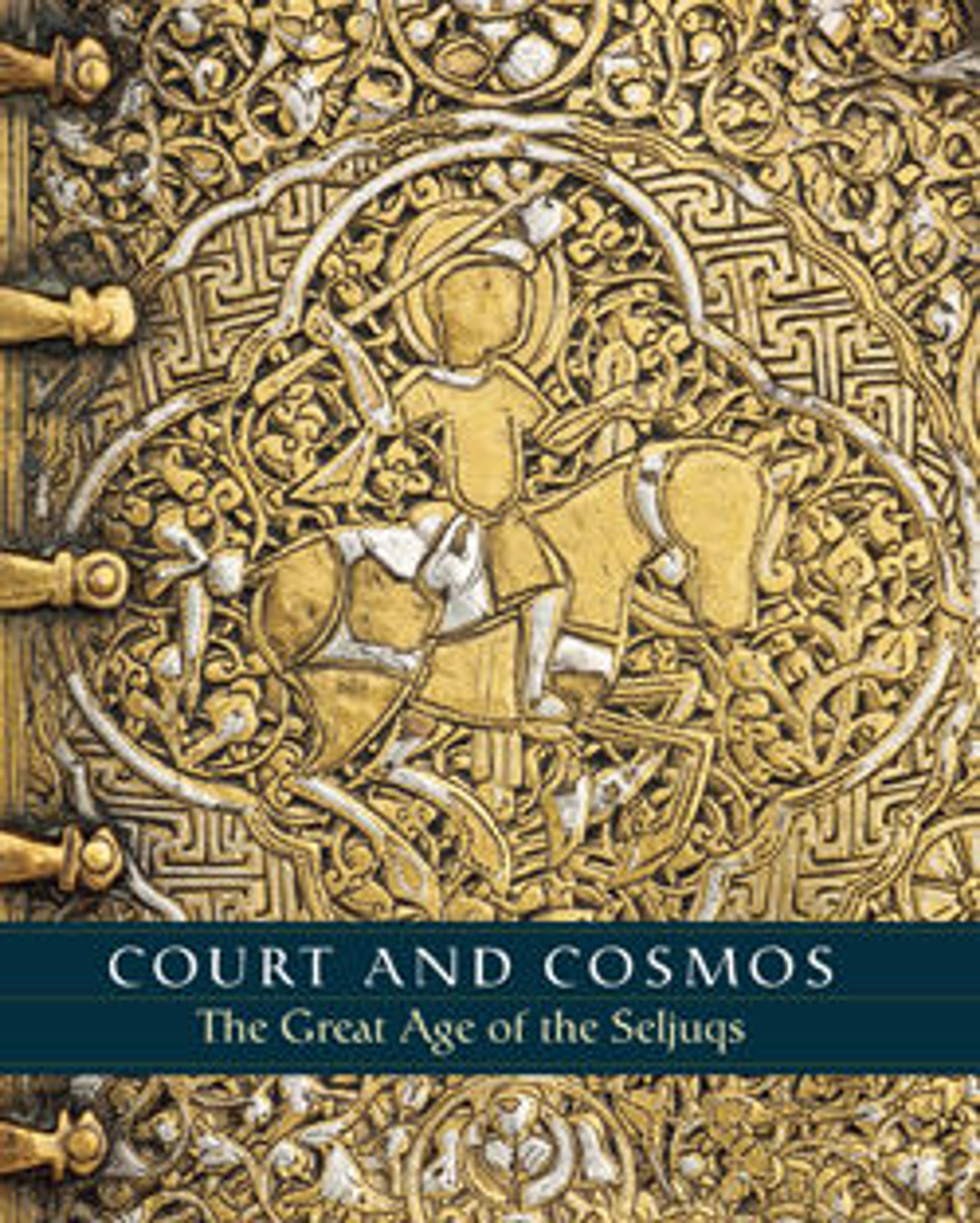Section from a Qur'an
The Qur'an consists of 114 chapters (suras) of uneven length. A system
was therefore devised to divide the Qur'an into thirty equal parts, enabling a reading of generally uniform length each day of the month. This manuscript is the nineteenth section of the Qur'an and begins in the middle of chapter twenty-five, al-Furqan (the Differentiator). It has a Turkish interlinear translation, which may have been added a century or more after completion of the manuscript.
was therefore devised to divide the Qur'an into thirty equal parts, enabling a reading of generally uniform length each day of the month. This manuscript is the nineteenth section of the Qur'an and begins in the middle of chapter twenty-five, al-Furqan (the Differentiator). It has a Turkish interlinear translation, which may have been added a century or more after completion of the manuscript.
Artwork Details
- Title:Section from a Qur'an
- Date:probably second half 13th century
- Geography:Made in Iraq or Turkey
- Medium:Ink, opaque watercolor, and gold on paper; tooled leather binding
- Dimensions:H. 19 1/2 in. (49.5 cm)
W. 9 1/2 in. (24.1 cm) - Classification:Codices
- Credit Line:Fletcher Fund, 1975
- Object Number:1975.201
- Curatorial Department: Islamic Art
More Artwork
Research Resources
The Met provides unparalleled resources for research and welcomes an international community of students and scholars. The Met's Open Access API is where creators and researchers can connect to the The Met collection. Open Access data and public domain images are available for unrestricted commercial and noncommercial use without permission or fee.
To request images under copyright and other restrictions, please use this Image Request form.
Feedback
We continue to research and examine historical and cultural context for objects in The Met collection. If you have comments or questions about this object record, please contact us using the form below. The Museum looks forward to receiving your comments.
